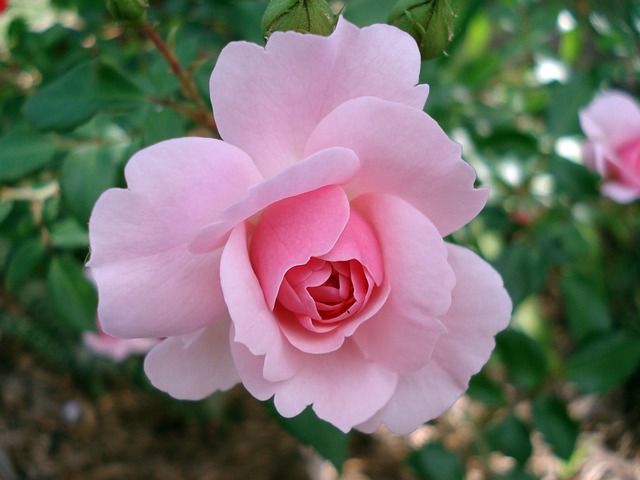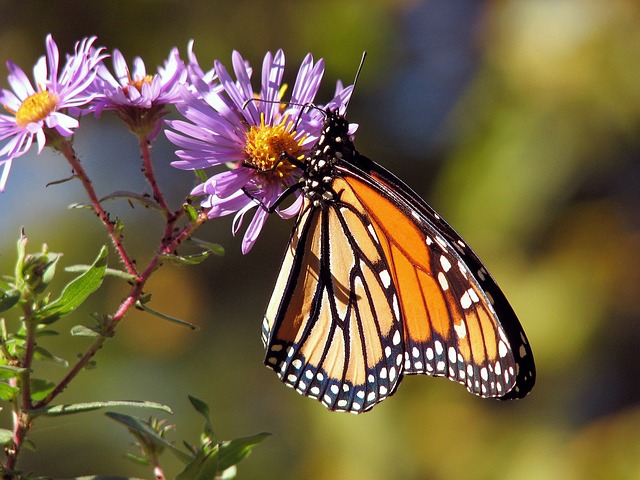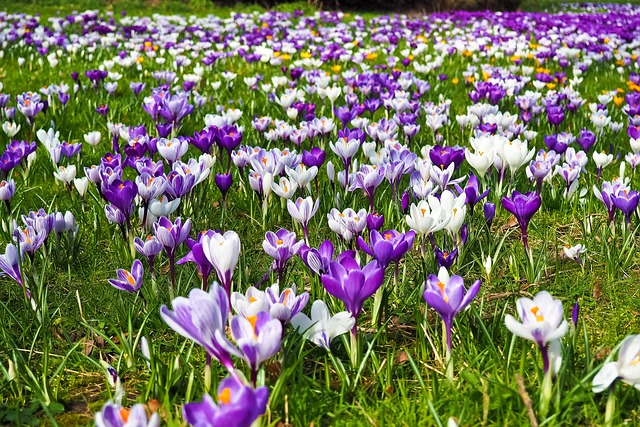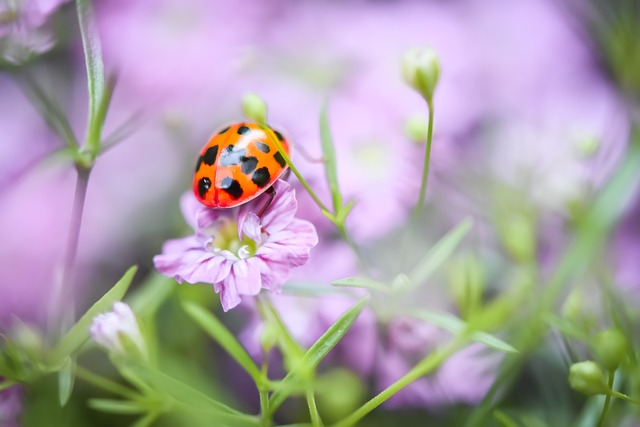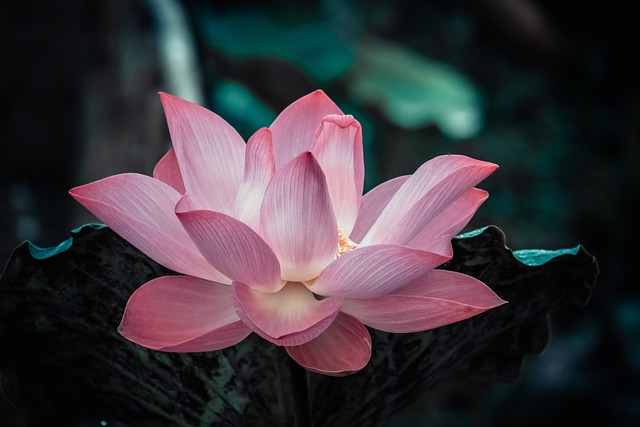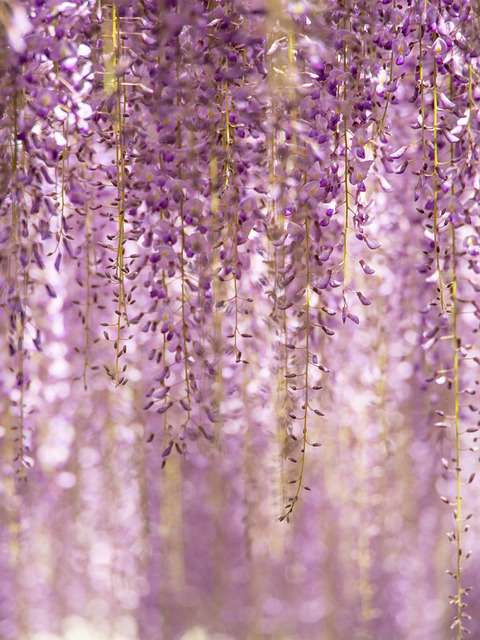
Organic gardening is as old as human cultivation but many people are just discovering the benefits. Read this article to find out what you need to do to get started. Just follow these useful tips to get some great results.
Lay sod properly. Make sure you prepare your soil before you lay any sod down. Thoroughly weed the soil, and work it into a fine, smooth tilth. When the soil is clean, pack it tightly and create a flat surface. The soil should be adequately moistened. The sod should be laid in staggered rows, with the joints offset from one another. Firm the sod down to form a flat, even surface, and fill in any gaps between the sod with a little soil. For the best results, you need to water the sod every day for a two week period. After this time the sod will have rooted into the soil and can be now walked on.
Use slug-proof varieties of perennials wherever possible. Snails and slugs can destroy plants in just one night. They often enjoy feeding on perennials with very smooth and tender leaves. Young plants are a special favorite of theirs. Some perennials aren’t that tasty to snails and slugs since they have tough and hairy leaves, and an unappetizing flavor. Wonderful varieties of such perennials include euphorbia, campanula, helleborus, achillea, and heuchera.
Having healthy soil in your garden is your number one defense against pests! Healthier plants are stronger, which in turn can help the plants you grow to become more resistant to disease and bugs that can harm them. If you start with balanced soil, your garden will produce healthy plants with the best yield. Refrain from using chemicals since these will increase the salt content of the soil.
Plant some wheat grass or cat grass near where you car tends to nibble in your garden. Another option is to place offensively smelling objects on the topsoil near and around the plants you want to protect. Citrus peels or mothballs are a couple of examples.
Garden vegetables should be planted in areas of the ground that receive a minimum of six hours of daily sunlight. Most vegetables need at least that much sun for optimal growth speed. This arrangement will also benefit some types of flowers.
Plan your garden before you plant it. That way, if you see your plants beginning to bud but can’t recall what they are, you can refer back to your plan to refresh your memory. This can also help prevent you from losing smaller plants or smaller groups of plants within a larger garden area.
You can use boiling water to get rid of weeds naturally. A pot full of boiling water is an effective herbicide, yet it is, chemically speaking, completely harmless. Make sure to pour only on the weeds and to stay away from healthy vegetation. Boiling water damages weed and plant roots, so be sure to avoid the plants you don’t want to eliminate.
Beneficial Insects
Do not use broad-spectrum pesticides within your garden. Besides killing the insects you don’t want, this type of pesticide will also kill beneficial insects. Beneficial insects are more susceptible to strong pesticides than the insects you are actually trying to get rid of. This will lead you to end up killing off the good bugs in your garden, leaving the field wide open for the harmful ones. This can cause you to use an additional amount of pesticides in order to attempt to fix this problem.
Horticulture should be a relaxing activity. There are a wide variety of things you can do to release stress and relax. Horticulture is easily one of the most relaxing and gratifying ways to spend your extra time. Horticulture does not require a lot of dollars to start, and yields tremendous benefits. The best return on your investment is the feeling of happiness and tranquility from growing your own greenery.
Beautiful insects are attracted to heather when you plant it. Bees are naturally attracted to heather for its nectar. Spiders, ground beetles and other insects helpful to your garden tend to live in a heather bed, because heather beds are generally undisturbed. If you do have to tend to your heather, wear gloves in case you accidentally annoy one of the residents!
Aspirin water has disease-prevention properties that can protect plants. An aspirin and a half, combined with a couple of gallons of water, will do amazing things for your plants. Spray your plants with the water if they have a disease. Use this method every three weeks.
After your seeds sprout, the containers do not need to stay as warm as they once did. It’s important to move the plants away from any heat source as they grow larger. Also take any plastic films off of your containers, so you can keep the warmth and humidity out. Watching your plants as they grow will give you the insight on when to employ these tactics.
Organic Garden
As long as you can find the proper information and implement it correctly, you should have no trouble growing a great organic garden. Apply the advice of this article, and enjoy the many benefits an organic garden can offer you. Despite what you grow, use the above tips to succeed with them.



